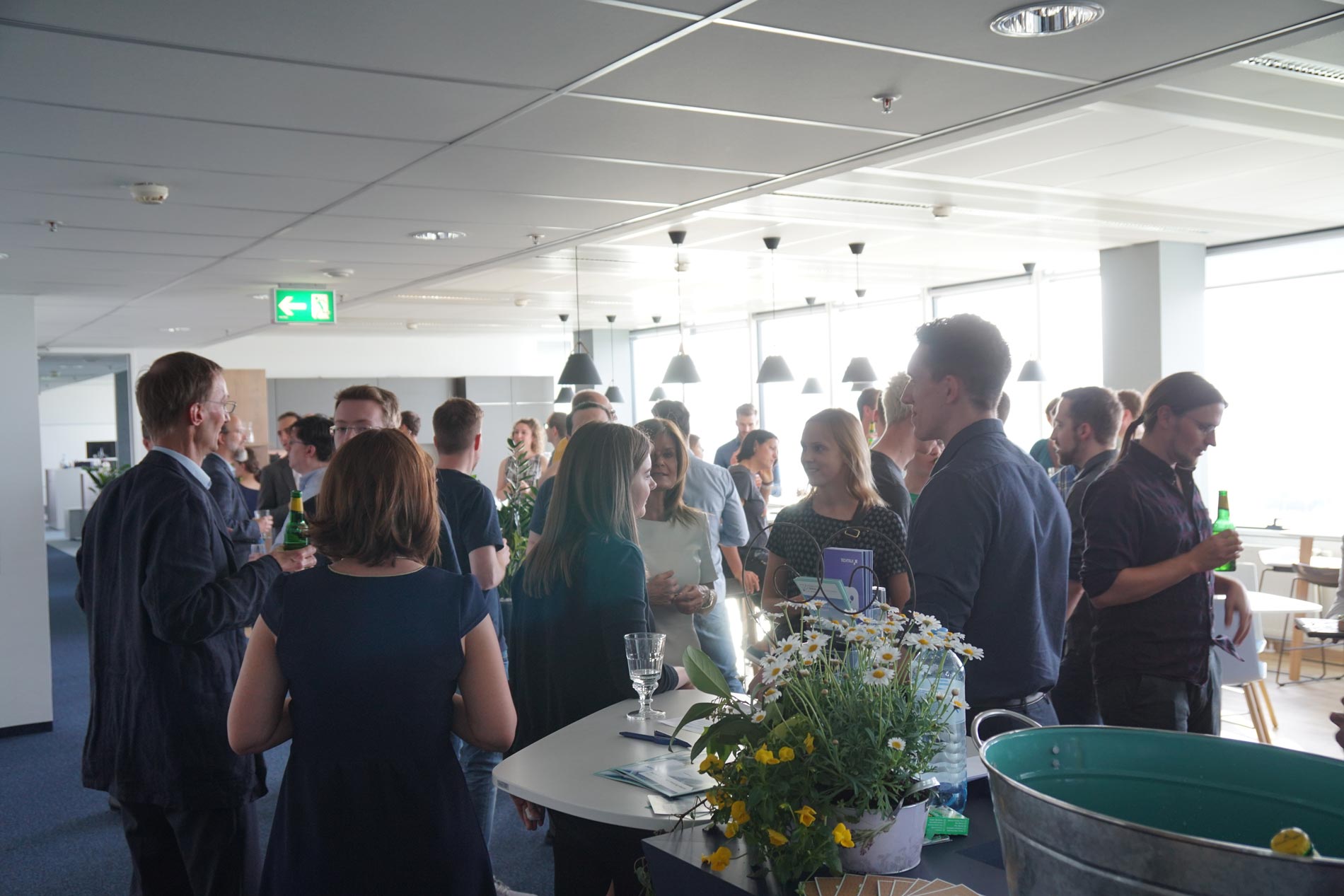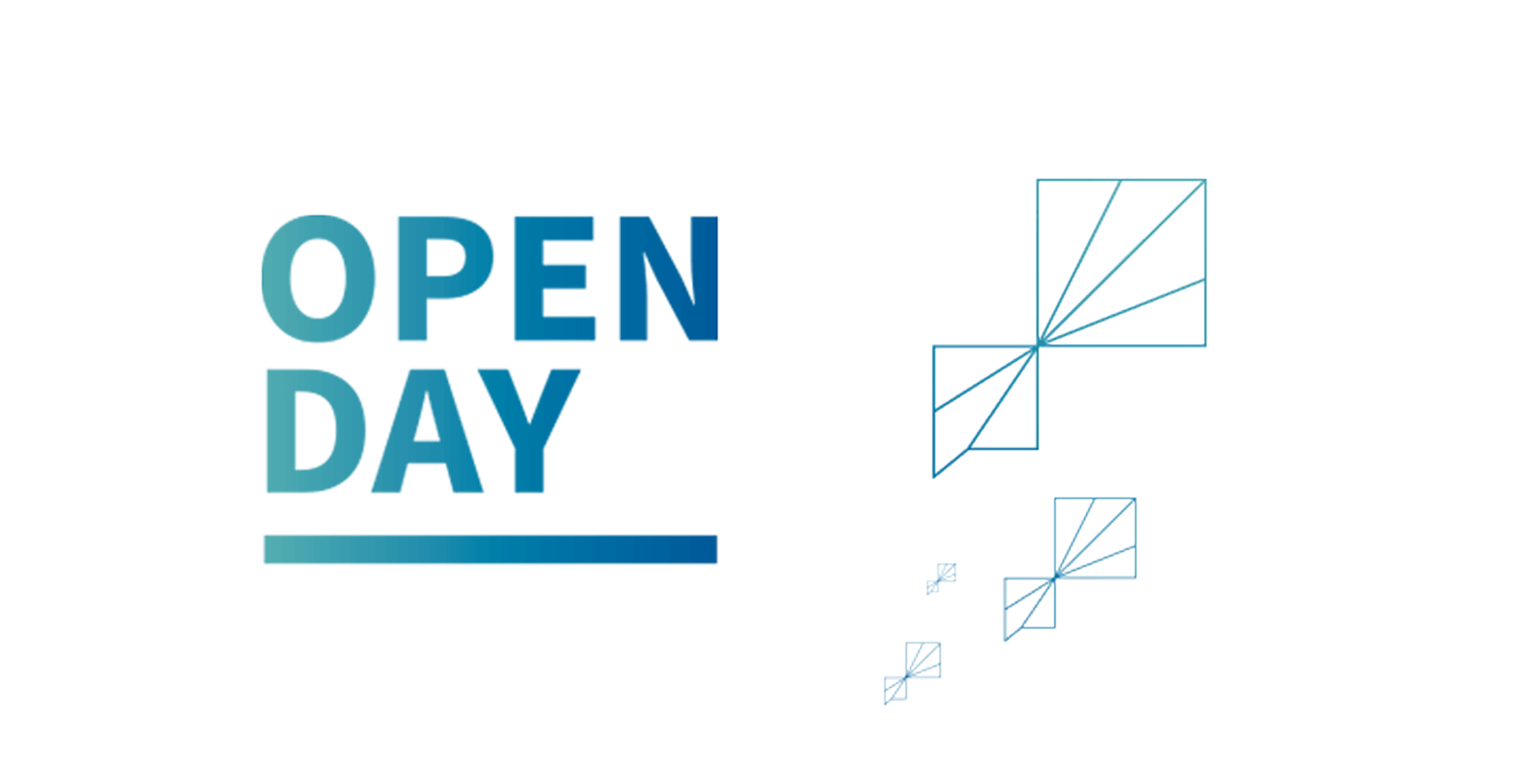TechTalk GmbH
Saturn Tower, 16. Stock
Leonard-Bernstein-Straße 10
1220 Wien
08:30 - 10:00 Uhr
Daniel Sack & Richard Brenner
Early Days
In my early days of navigating the complex world of software development, in the role of the software developer tasked to manage „own“ software development projects, I grappled with the growing feeling that something was wrong with my project plans and Gantt charts. They seemed to change so fast that I was troubled deciding what to do next, constantly switching between my software development tasks and tasks to update my Gantt charts.
After a while and some research, I found the world of Agile and, in particular, Scrum. Little did I know then that this initial step would not only completely change how I thought about planning and software development but also set me on a transformative journey toward becoming an enterprise agile coach. And it all started with my learning journey of becoming a scrum master. As I reflect on that journey, I realize the profound impact a Scrum Master can have—not just on a single team or a product owner but on the entire organizational ecosystem.
Following Robert Finan’s insightful blog post on the Scrum Master Learning Journey, I want to delve deeper into the often-underestimated potential of this role, with a particular focus on awareness building for Scrum Masters in our Learning Journey. In my experience, a Scrum Master equipped with the proper awareness can be the linchpin that drives organizational change toward agility.
This is my story, and yours will be different. Some things will be similar, some different. Yet, every journey contributes to a broader narrative of agility, each adding a unique shade to collective learning.





Experimenting and Learning
In these early days, being under the radar of official job roles and positions allowed me to experiment with the whole scrum team without the scrutiny of organizational governance policies and rules. In the role of the Scrum Master, I was connecting various organizational sub-systems, including scrum teams, management, and stakeholders. Everything comes with benefits and drawbacks, and so did this. It was a time when I learned a lot about how to serve the team and the product owner.
Less management, mainly because my interpretation of agile values and principles collided with my understanding of management’s values and principles. Only later did I learn to hold the interpreted opposites as valid perspectives of all players in the system, in this case, the management’s view. Only when I started to listen to all the players in the system did I become able to meet them where they were and begin introducing ideas and initiating change with the whole system.
A 7-Week Expedition
Adding to what Robert already wrote about the ideas behind the Learning Journey is our intention to make Scrum Masters aware of their impact on the whole organization and knowledgeable of different ways they can develop and grow further (training, cohorts, mentors, coaches, communities). During the learning journey, we, as TechTalk, offer the relationship system of co-leads, between Robert Finan, Richard Brenner, and me, holding the space for all participants as a learning system where they can hear every voice of the system. It was essential for us to design the learning journey not only for individuals but also for the overall learning system of participants. To do this, we are starting our journey by developing a training alliance with participants to create intentional relationships between all members of the learning system. During the learning journey, they have various opportunities to experience different ways of learning and developing.

1. Intentional design of their collecting experience
During our first day, the participants have the opportunity to design their training alliance based on the ORSC (Organizational and Relationship Systems Coaching) Designing Team Alliance exercise. By doing this, the participants are establishing behavioral norms for their journey and collecting experience.
2. Creating learning cohort
The participants are building several systems that support their learning. The biggest one is the system of the whole group, the entire cohort. As a whole group, they are engaged in conversations and experience sharing. During onsite days, they form different exercise groups, tasked with reflecting on the content of different modules or working on simulations of the work the scrum masters should do. On day 2, the participants form sub-teams that will work together during the hands-on phases (week 1-3, and week 5-7 ). As the smallest unit, the participants, as individuals, reflect on their own what they learn and are ready to do differently (change) in their own organizations.
3. Sub-teams review their learnings
Onsite days 3 and 4 start with the review of the work and learnings sub-teams did during their hands-on phase. They learn from their peer groups by reviewing the assignments and sharing their stories. The assignments are intentionally designed to create different opportunities for learning: proposing material to read, experiments to try together with their teams and/or organization, and workshop formats to develop and test.
4. Remote Lean Coffee/Mentoring
Initially designed to connect the cohort during the hands-on phases between the onsite training days, we intended to create a space for the participants to talk/clarify/share the topics or problems they encountered in their organizations. The first part of this half-day format was reserved for lean coffee, and the second was for the sub-teams to have a group mentoring call with Robert, Richard, or me. This part of our learning journey got negative feedback and will be redesigned for the second run starting in October 2023.
Learning as a Two-Way Street
As we reflect on the inaugural run of our Scrum Master Learning Journey, the most enriching aspect has been the mutual learning experience. Robert, Richard and I have gained invaluable insights from our participants, affirming that learning is a two-way street. With this in mind, we are excited to introduce several enhancements for our next iteration. We plan to incorporate a learning journal to deepen the experiential nature of the journey. Additionally, we aim to reduce co-leader airtime to create more space for meaningful conversations among participants. This will foster a more interactive environment and provide more opportunities for community building. Our goal remains the same: to create a transformative experience that empowers Scrum Masters to be the linchpins of organizational change and agility.
Would you like to learn more about Scrum Master Learning?
Bewirb dich jetzt, bringe dich in einem agilen Umfeld ein und wachse mit uns.




